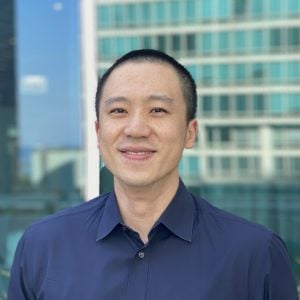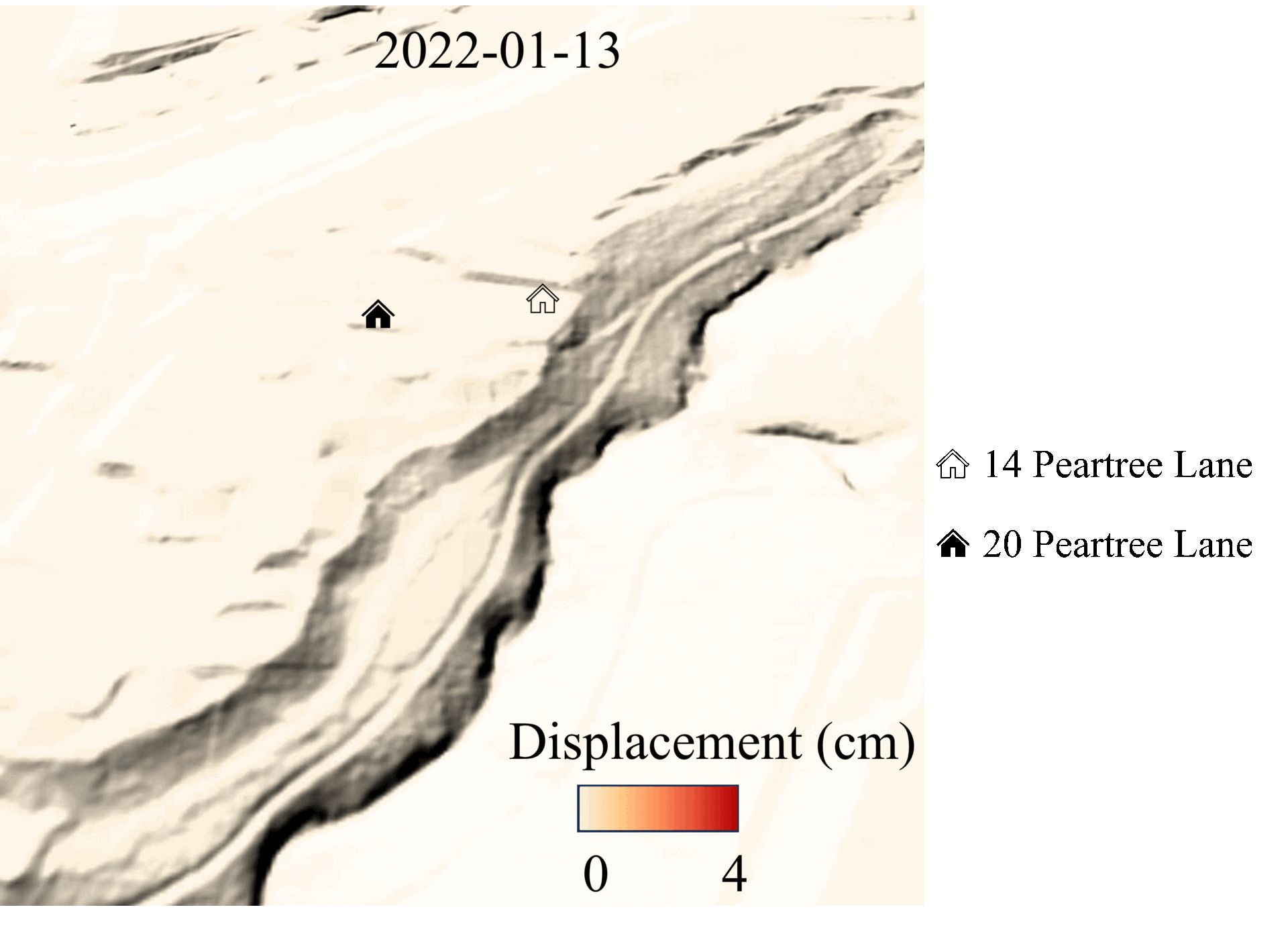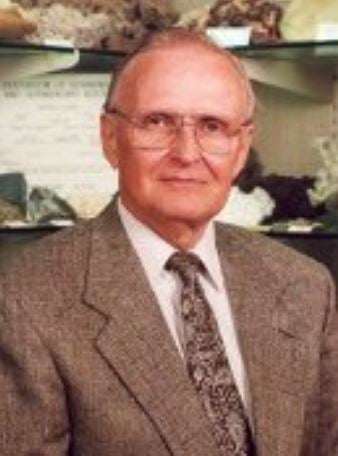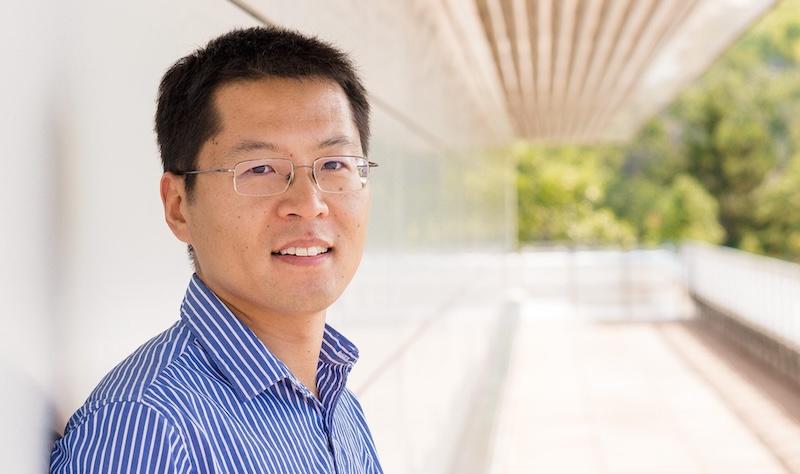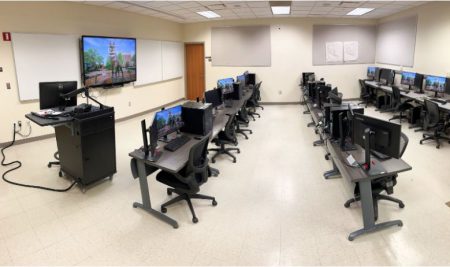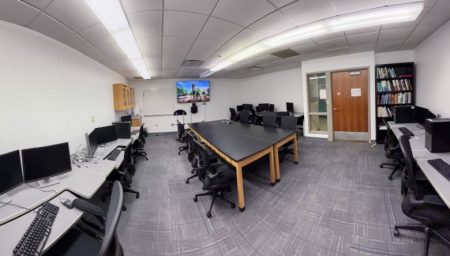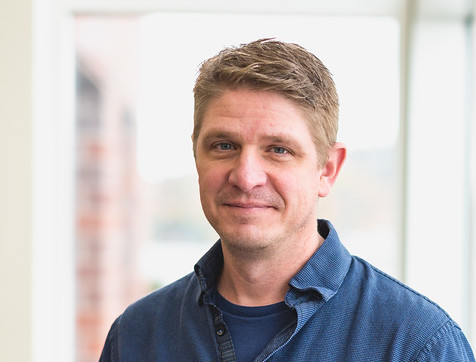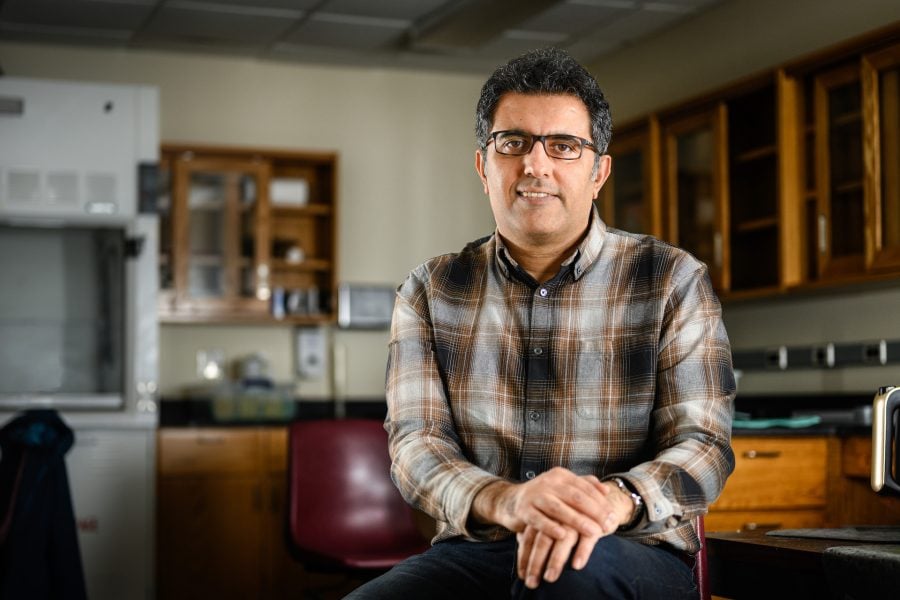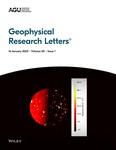Dr. Xiang Li, who will join GMES as an assistant professor of geological engineering in August, has published a paper as the lead author in the prestigious journal Geophysical Research Letters. Dr. Li is currently a postdoctoral researcher at the University of California, Los Angeles.
The paper, titled “Exploring the Behaviors of Initiated Progressive Failure and Slow-Moving Landslides in Los Angeles Using Satellite InSAR and Pixel Offset Tracking,” reveals that the Rolling Hills Estates landslide, which destroyed 12 homes in California on July 8, 2023, could have been predicted within a three-day time lag using Interferometric Synthetic Aperture Radar (InSAR) observation data. These findings provide strong evidence that satellite remote sensing data can significantly contribute to landslide early warning systems and help understand the impacts of climate change on landslide hazards.
Dr. Li’s publication was featured in the LA Times and Phys.org, underscoring the importance and relevance of his work.
This research illustrates how geological engineering can contribute to innovative solutions for predicting natural disasters and potentially saving lives.
